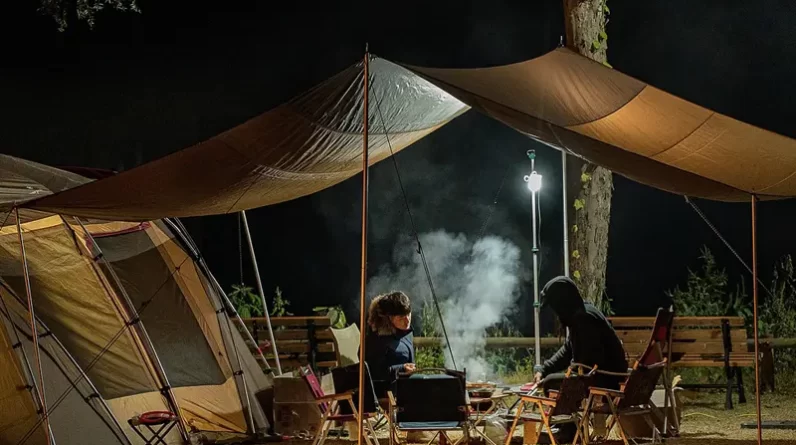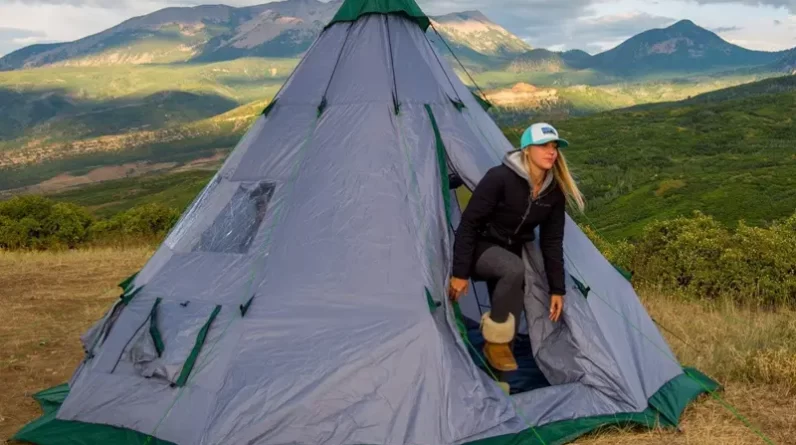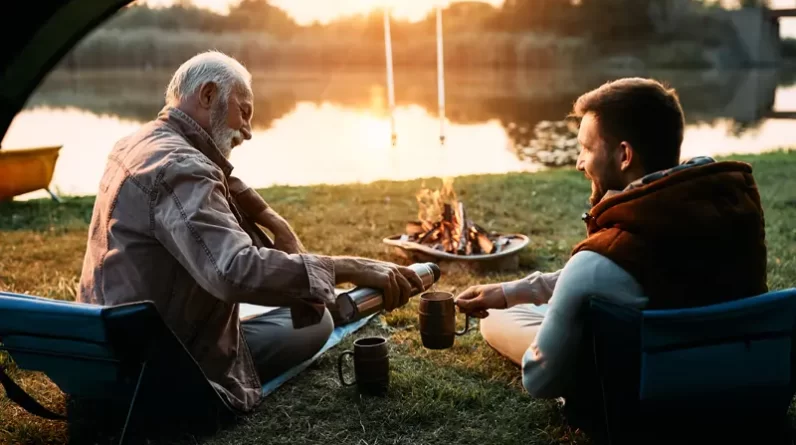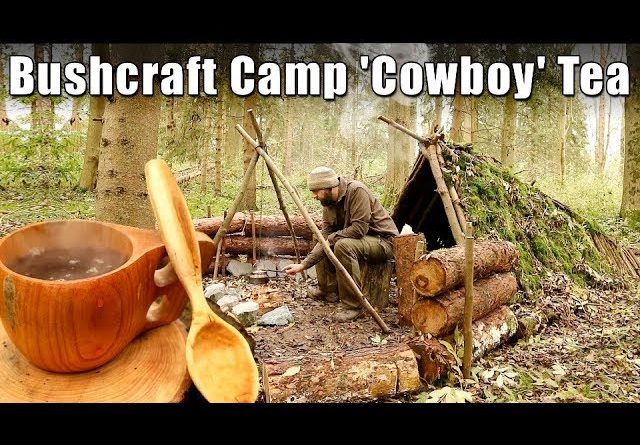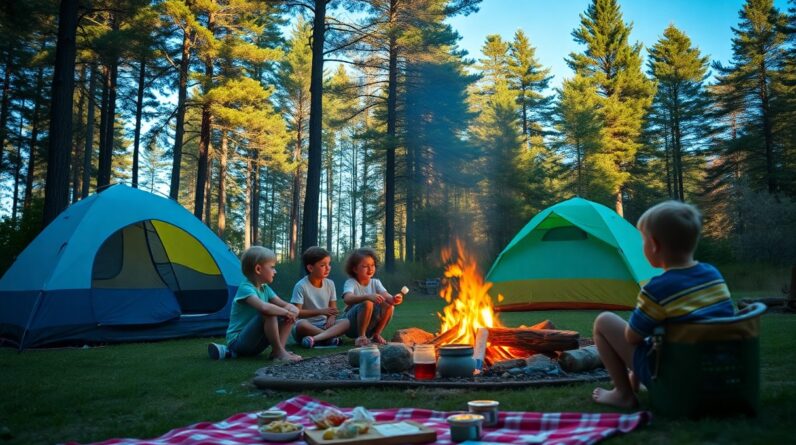
Most families seek ways to bond and create lasting memories in the great outdoors, and I have just the solution for you. This list combines fun and safety to ensure your camping trip is both enjoyable and secure for your little ones. From engaging games to educational activities, each suggestion aims to enhance your experience while keeping your kids active and interested in nature. Dive into this ultimate collection of kid-friendly camping activities, and prepare for an adventure that will strengthen your family’s connection to the wild and each other.
Key Takeaways:
- Diverse activities cater to different age groups and interests.
- Incorporating nature crafts fosters creativity and environmental awareness.
- Safety and preparation are important for a successful camping experience.
- Outdoor games promote physical activity and teamwork among kids.
- Storytelling and stargazing enhance family bonding and imagination.
- Engaging in cooking activities offers hands-on learning opportunities.
- Planning a scavenger hunt encourages exploration and observation skills.
Crafting Unforgettable Campfire Experiences
Storytelling Techniques that Captivate Kids
Engaging kids through storytelling around the campfire can transform a simple gathering into a magical experience. I often use vivid imagery and sound effects to bring tales to life. Start with a classic story, but tailor it to include elements relevant to the children’s interests, whether that’s local legends or fantasy adventures. Encourage them to contribute ideas, allowing the story to evolve spontaneously and captivate their imaginations.
Another effective technique is to create a story circle. Each child adds a line or paragraph, building on what the last person said. This interactive format not only enhances their creativity but also strengthens their listening skills. I find that the more they contribute, the more invested they become in the narrative, leading to laughter and excitement as they build suspense or veer into unexpected twists.
Engaging Campfire Songs and Music
Campfire songs act as a universal connector, and singing together creates lasting memories. Choose songs that everyone knows, such as “Kumbaya” or “This Land Is Your Land,” and invite kids to lead verses. Adding hand motions or clapping increases their involvement, making the experience more immersive. Local folk tunes or fun parodies also work impeccably to engage even the shyest campers.
During our outings, I often bring along a guitar or portable instrument to accompany the singing. Kids love the chance to play instruments, and jamming together fosters teamwork and joy. Creating a fun, relaxed atmosphere encourages kids to share their favorite songs or even make up their own, turning the gathering into a lively and memorable event.
The Art of Toasting Marshmallows: Tips and Tricks
Perfectly toasted marshmallows are an vital part of the camping experience. Begin by selecting the right marshmallows for your campfire – I find that larger marshmallows yield a better outcome as they allow for a crispy outer layer while maintaining a gooey center. Use long skewers or sticks to ensure safety, keeping a safe distance from the flames while still allowing for an optimal toasting experience.
Focus on the slow rotation of the skewer for even toasting. I prefer to keep the marshmallow at the edge of the flames, slowly turning it to achieve that golden brown color. Kids often get excited and want to roast them quickly; I explain that patience yields the best results, transforming their marshmallow toasting into a fun activity rather than just a quick snack.
- toasting marshmallows
- marshmallow techniques
- campfire safety
- perfect marshmallows
Recognizing the joy of sharing stories and songs, kids are likely to remember these campfire experiences long after the flames have died down.
Ensure safety while toasting by keeping a watchful eye on younger kids, as they might get too close to the flames. Using colored marshmallows can add a unique twist to your traditional roasting experience. Allow kids to experiment with their favorite toppings like chocolate or peanut butter once they’re perfectly toasted, making each marshmallow a personalized treat that they’ll love. Recognizing that fun and safety go hand in hand is key to enjoying this sweet camping tradition.
- campfire treats
- roasting safety
- fun toppings
- creative camping
Recognizing that each camping trip is unique can inspire kids to create their own culinary masterpieces around the campfire.

Nature Exploration Activities that Spark Curiosity
Guided Nature Scavenger Hunts
Organizing a guided nature scavenger hunt engages your family while teaching them about the environment. I recommend creating a list of local flora and fauna for your kids to identify. This activity fosters teamwork as they explore, spot the items, and learn their names. You can include items like a pine cone, a bluebird, or a different leaf types. The excitement of ticking off items – especially when they discover something unexpected – enhances their appreciation for nature. For more inspiration, check out 25 fun camping activities to keep everyone entertained.
To make it even more educational, I suggest incorporating a point system based on the difficulty of spotting each item. For instance, rare species can earn more points than common ones, adding a competitive element. Kids will love racing against time to collect as many points as possible, all while building their observation skills.
Learning Through Nature Journaling
Nature journaling offers an excellent opportunity for kids to express their creativity while documenting their observations. Equip your children with journals to sketch, jot down notes, or describe their experiences. I’ve found that this practice not only heightens their awareness of details but also allows them to reflect on their surroundings. This form of immersive learning helps them connect more deeply with nature.
Adding prompts can enhance their journaling experience. For example, ask them to describe the sounds they hear or the shapes of clouds. Encourage them to write about their favorite findings or even a memorable day spent outdoors. This activity transforms a simple camping trip into a lasting memory through words and illustrations.
Bird Watching for Beginners: Essential Tips
Bird watching captivates both children and adults, making it an excellent way to build family bonds. Start with a beginner-friendly guidebook that showcases local birds to familiarize your kids with the species they might encounter. Equip them with binoculars and encourage them to observe birds from a distance, noting their colors, songs, and behaviors. When they spot a bird, they can enthusiastically share their findings, promoting a sense of achievement.
- Binoculars are important for clear viewing.
- Field guides help identify different species accurately.
- Patience is key; waiting quietly increases sightings.
Recognizing different bird calls can also add another layer of excitement. Have your children practice mimicking sounds or taking notes on which birds they hear, which helps enhance their auditory awareness.
Bird watching can become a joyful family routine. With each excursion, practice identifying new birds and correlating them with their characteristics. Cultivating this skill increases your kids’ appreciation for wildlife and encourages them to recognize aspects of their environment that they may have previously overlooked.
- Observe birds from a distance to avoid scaring them away.
- Be quiet to enhance the experience and listen to their sounds.
- Use field charts for accurate identification.
Recognizing these patterns will foster a deeper interest in avian life, and your family outings may inspire future bird watchers among your children.
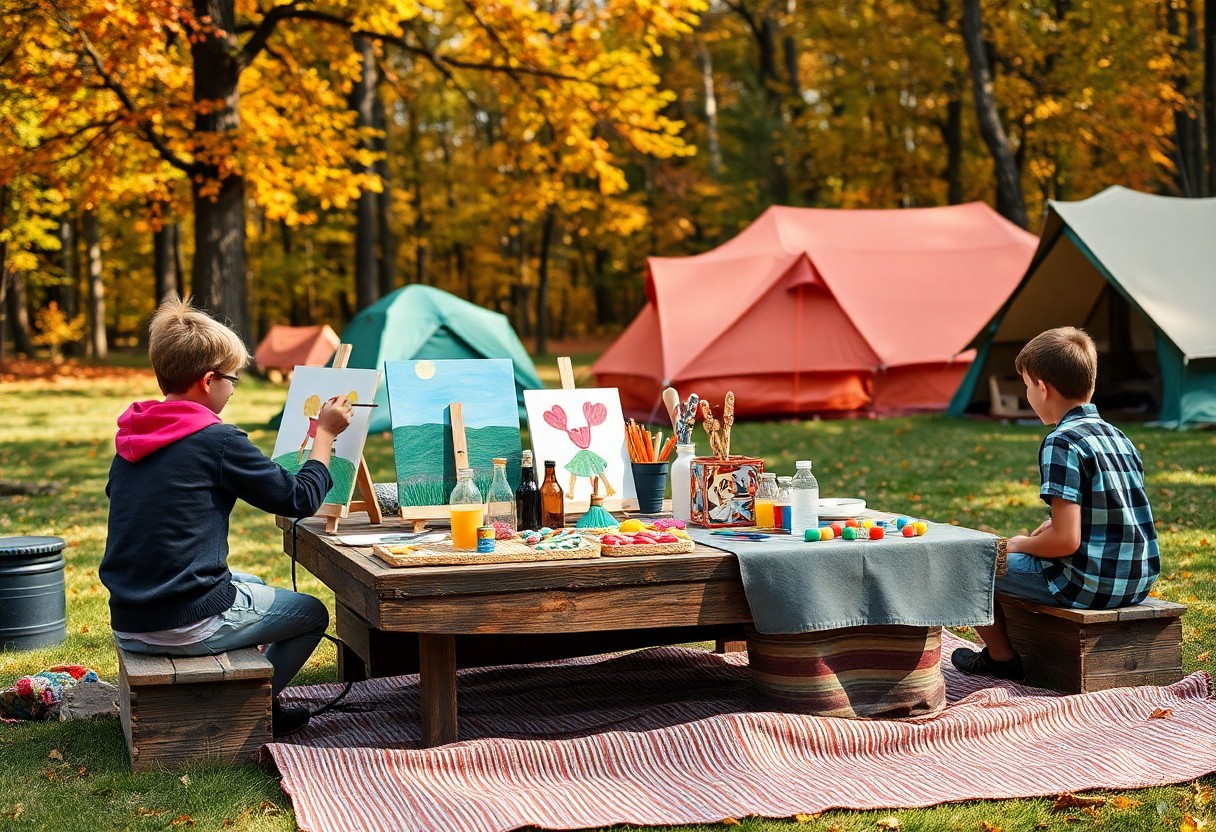
Creative Arts and Crafts Amidst Nature
Nature-Inspired Art Projects using Found Objects
Creating art with materials found in nature allows kids to express their creativity while fostering a deeper connection to their surroundings. Collecting items like leaves, twigs, stones, and flowers can be the basis for unique projects, such as collages or nature mandalas. Using a basic adhesive or twine, I’ve seen children assemble their findings into beautiful, personal masterpieces that celebrate the environment, making each piece a reflection of their adventure. By encouraging them to describe their artworks, you also help enhance their communication skills and appreciation for natural beauty.
Incorporating a nature journal into this activity enhances the experience. As your kids collect objects, they can jot down thoughts, sketch the items, or record the specifics of where they found them. This combination of art and reflection enriches their understanding of the ecosystem and its components, creating a lasting educational element that goes beyond just painting or crafting.
DIY Camping Gear: Let Kids Get Hands-On
Empowering kids to participate in making their camping gear not only instills a sense of responsibility but also sparks interest in practical skills. One engaging project could be DIY lanterns, where you can guide them through using mason jars filled with LED lights and decorations. This straightforward activity teaches basic concepts of safety while allowing their creativity to shine; they can personalize their lanterns with stickers or paint. Similarly, constructing simple storage bags from canvas or fabric scraps helps them learn basic sewing skills while creating functional items that they can use during your trip.
Involving children in DIY gear projects promotes teamwork and strengthens family bonds. As you work together, you’ll likely encounter challenges that require problem-solving and communication, making it a valuable experience that goes beyond just building equipment. Kids take pride in using items that they created, leading to greater appreciation for the tools they have on hand.
Creating Eco-Friendly Crafts from Natural Materials
Utilizing natural materials for eco-friendly crafts helps instill a sense of environmental stewardship in children. I often gather pinecones, acorns, and dried flowers to create decorations that can beautify your campsite or home. Simple projects like making bird feeders from pinecones smeared with peanut butter and rolled in birdseed not only are fun but also provide food for local wildlife, fostering a connection to nature. Such projects encourage creativity while promoting sustainable practices.
These eco-friendly crafts can serve as teaching moments regarding recycling and upcycling. As children create items like leaf stamps or flower petal bookmarks, I emphasize the importance of using what nature provides us instead of relying on store-bought materials. This approach encourages resourcefulness and imagination, making every nature walk a potential art supply hunt.
Adventure Sports Tailored for Young Campers
Family-Friendly Hiking Trails and Tips
Finding family-friendly hiking trails can lead to memorable experiences and beautiful views that everyone in your family can enjoy. I recommend exploring local state parks, where you can often find well-marked trails that cater to all skill levels. Choose routes with manageable distances—ideally under two miles for younger children—to ensure no one feels overwhelmed. Keep an eye out for nature signs and activities that can turn your hike into an educational experience, making it not just about reaching a destination but enjoying the journey.
Pack snacks and water to keep energy levels high, and consider using trekking poles, which provide extra stability for young hikers. Incorporate small challenges, such as spotting different types of leaves or rocks along the way, to keep kids engaged. Use a map or trail app to involve them in navigation. Assume that your active participation in these little tasks will make the hike more enjoyable and foster a greater appreciation for nature.
Canoeing and Kayaking for Kids: Safety First
Before hitting the water, ensure that your family understands the importance of safety in canoeing and kayaking. Equip your kids with appropriate-sized life jackets and remind them to keep these on at all times while on the water. Start with calm, slow-moving waterways to build their confidence and let them practice basic paddling techniques. Teach them how to communicate effectively during the activity to ensure safety and teamwork.
Always check the weather conditions prior to your trip. My experience has shown that unexpected weather can lead to dangerous situations, so having an exit strategy and knowing your limits will keep the outing lighthearted and fun. It’s wise to travel in pairs, both for safety and companionship, especially with younger children. Establish rules about staying close and listening to commands, making the adventure even more exciting.
Fun and Accessible Rock Climbing Locations
Many parks and recreational areas feature fun and accessible rock climbing locations perfect for families. Look for beginner-friendly spots equipped with routes specifically designed for children. These areas often have experienced instructors who can guide your kids through their first climbs, ensuring that they learn vital techniques in a supportive environment. Many places also provide all the necessary gear, so you can focus on the fun without needing extensive equipment.
Rock climbing encourages physical activity while instilling problem-solving skills and boosting confidence. My favorite climbing spots often have plenty of easy routes that allow kids to progress at their own pace, ensuring they feel accomplished without feeling pressured. As children gain experience, you’ll find they slowly build their strength and resilience, making your climbing adventures not only enjoyable but also enriching.
The Importance of Team-Building Games for Family Bonding
Engaging in team-building games enhances family connections, allowing for shared experiences and deeper relationships. These activities foster communication, problem-solving, and trust among family members while creating lasting memories. The laughter and teamwork that emerge during these games often break down barriers and encourage openness, leading to a more harmonious family dynamic.
Fun Outdoor Games that Promote Cooperation
Outdoor games that require collaboration are fantastic ways to support family bonding. Games like *capture the flag* or *tug-of-war* not only encourage teamwork but also instill a sense of camaraderie. I find that children learn the value of cooperation as they strategize together, often leading to unexpected laughter and insightful discussions about teamwork. These interactions create a safe space for kids to express themselves and build confidence in their abilities.
Obstacle Courses and Challenges for All Ages
Designing obstacle courses can be an exhilarating challenge for both kids and adults, igniting a spirit of adventure and competition. You can set up various stations that require different skills—like crawling under ropes, balancing on logs, or tossing bean bags into targets. These activities are not only fun; they encourage family members to cheer each other on and celebrate victories, no matter how small. I love seeing families develop a sense of teamwork as they navigate the course together.
As you set up the obstacle course, consider incorporating age-appropriate challenges so everyone can participate. With options like hopping on one foot, weaving through cones, or completing mini puzzles, you ensure inclusivity for all ages. This adaptability promotes a sense of achievement for kids and strengthens family bonds as they conquer tasks together.
The Power of Camp Competitions: Fun and Learning
Camp competitions can spark excitement and healthy rivalry among family members, encouraging them to step out of their comfort zones while having fun. Activities such as scavenger hunts or relay races not only promote teamwork but also enhance problem-solving skills and physical coordination. I’ve seen families rally around these competitions, creating unforgettable moments filled with laughter and encouragement.
The excitement that comes from competing as a family fosters a profound sense of unity. You can establish fun prizes or recognition for achievements in the competitions, further motivating everyone involved. This competitive spirit, balanced with the joy of participation, can lead to important lessons about sportsmanship and the value of supporting one another.
Conclusion
The Ultimate List of Kid-Friendly Camping Activities for Families offers a wealth of opportunities to create unforgettable memories with your children. I encourage you to explore these activities, ensuring that your camping experience is filled with adventure, laughter, and learning. Engaging in these activities will not only strengthen your family bonds but also instill a love for nature and the outdoors in your kids.
As you plan your next camping trip, consider tailoring these activities to fit your family’s interests and energy levels. I believe that the key to a successful camping experience lies in embracing spontaneity and allowing for moments of exploration and play. By doing so, you’ll cultivate a sense of wonder in your children that will last a lifetime.
FAQ
Q: What are some engaging camping activities for kids?
A: Some engaging camping activities for kids include nature scavenger hunts, storytelling by the campfire, making s’mores, stargazing, and crafting with natural materials like leaves and twigs.
Q: How can I ensure safety while camping with kids?
A: To ensure safety, establish clear rules, maintain a first aid kit, keep sharp tools and hazardous items out of reach, supervise children near water, and educate them about wildlife safety.
Q: What are some educational camping activities?
A: Educational camping activities include identifying animal tracks, learning about plants and insects, using maps and compasses for navigation, and conducting simple science experiments using nature.
Q: How can we keep kids entertained during downtime at the campsite?
A: Kids can stay entertained during downtime with board games, card games, coloring books, outdoor sports like frisbee or soccer, or by building structures with sticks and stones.
Q: What equipment or supplies do we need for kid-friendly camping activities?
A: Essential supplies include a tent, sleeping bags, camping chairs, a first aid kit, art supplies for crafts, cooking equipment for s’mores, outdoor games, and binoculars for bird watching.



